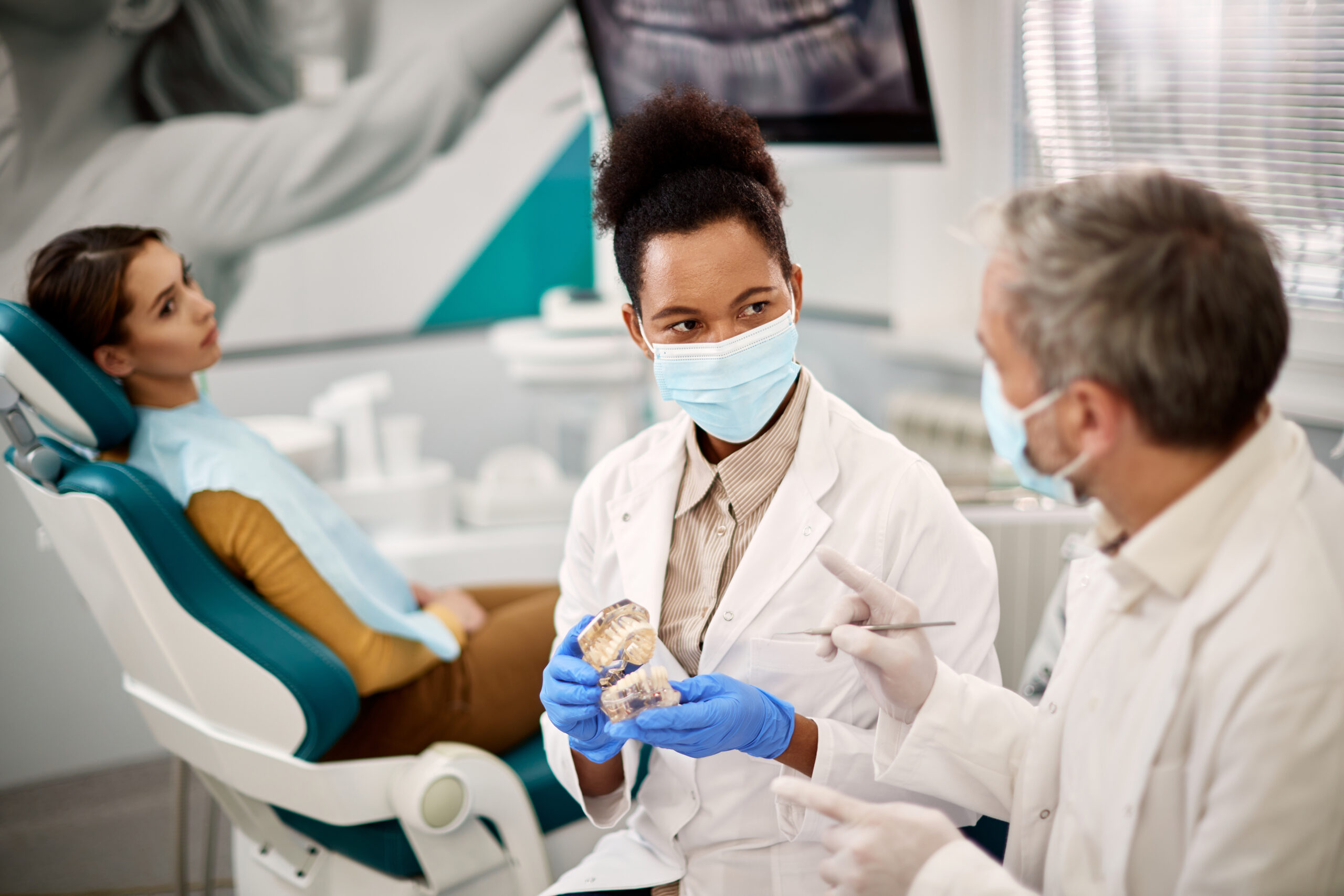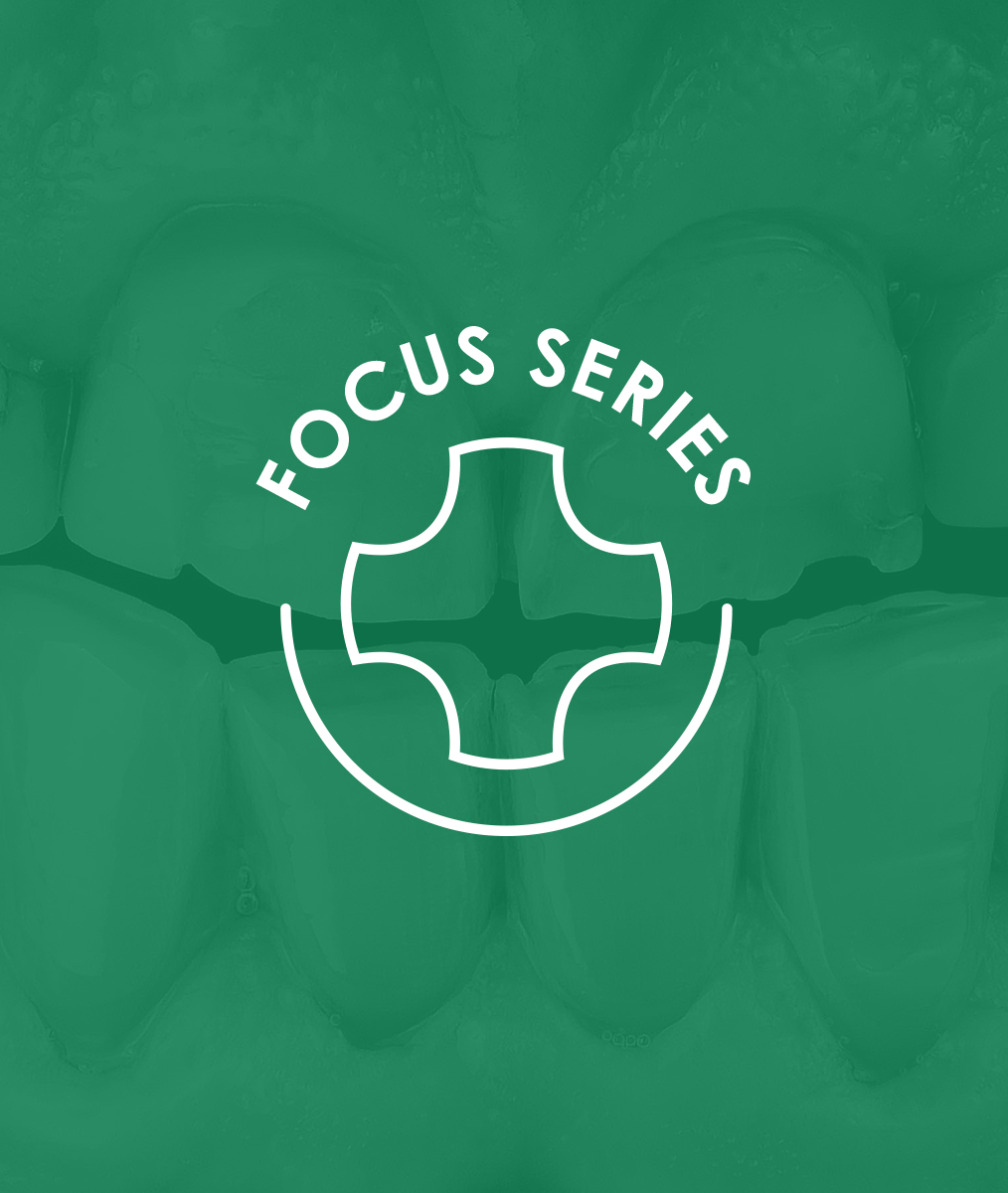How The Pankey Institute Saved My Life Part 1
By Barry F. Polansky, DMD
These thoughts were first published in May of 2021 on my blog Stoic Dentistry. Parts one and two of this blog series tell the story of how The Pankey Institute provided me with inspiration that shaped my career and provided me with purpose to live a meaningful life.
——————–
I first attended The Pankey Institute in the late eighties. I was at the lowest point of my career. Admittedly times were a bit easier for a young dentist back then, but in many fundamental ways they were the same. The fundamentals never change; but how best to use them is something you must always stay on top of. Over the years, things have changed but the fundamental wisdom of dental practice has stayed the same.
For that reason, I believe the best and really the only way to have a fulfilling career in dentistry is through comprehensive, relationship based, fee-for-service practice.
My First Day at the Institute
On the first morning at the Institute, I remember feeling overwhelmed. It was like the first time I sat down to write a book…I was focused on the herculean tasks of creating the practice of my dreams…an unbearable project. Every moment of that first week tested my competence and potential to succeed…and then there was the comparisons and contrasts I made with the other students. But I paid attention and took notes.
In a lecture late in the week, the instructor was discussing how to schedule this new type of practice. He told us to reserve just a morning to practice what we were learning. I returned home and secured every Thursday morning for practicing the Pankey way. That included a lot of new techniques for me and my staff. It was an easy way to introduce the new school of thought to my staff.
How do you eat an elephant? I used to ask myself…one bite at a time.
The lecturer that day, Dr. Irwin Becker, who later became my mentor, was righter than he even knew.
The Self-Determination Theory of Human Motivation
Just about the same time, during the eighties, two psychologists, Edward Deci and Richard Ryan from the University of Rochester were beginning to formulate their now groundbreaking self-determination theory of human motivation.
Let’s face it, writing a book or designing a fee for service dental practice takes a lot of energy and motivation. Back then and sadly today, the advice came down to “Just Do It.” Deci and Ryan put some science behind human motivation for me…and then I backed into it…but years later, while studying positive psychology, I was gratified that I took Dr. Irwin Becker’s advice; otherwise, I may not have had an accomplished and fulfilling career.
Let’s look at the science.
Deci and Ryan defined motivation as the “energy required for action.” How many times do we attempt to accomplish a worthy goal but run out of steam. We need drive. Many people never even try. Installing a fee-for-service practice is difficult…if we dare to do it. It requires resources like drive and energy.
Deci and Ryan went on to further describe the elements of the drive and motivation they were describing. Firstly, they noted the difference between extrinsic and intrinsic motivation. The extrinsic drives were the material rewards we are all familiar with, as well as status and recognition. The intrinsic drives included passion, curiosity and purpose. What they found was that intrinsic motivation was more effective in every tested situation, excluding when our basic needs haven’t been met. (See Maslow’s Hierarchy of Needs.)
Then something interesting occurred to them. They separated motivation again into controlled motivation, a form of extrinsic motivation and autonomous motivation, a form of intrinsic motivation. If it is work you have to do or are being forced to do, that’s controlled. Autonomous motivation is doing work you choose to do. Deci and Ryan found that, in every case, autonomous motivation destroys controlled motivation.
The psychologists further explained autonomy by saying it occurs when we are doing what we are doing because of “interest and enjoyment” and because “it aligns with our core values and beliefs.” In other words, it is in alignment with the other intrinsic drives: curiosity, passion and purpose.
To be continued in Part 2.
Related Course
Creating Financial Freedom
DATE: March 6 2025 @ 8:00 am - March 8 2025 @ 2:00 pmLocation: The Pankey Institute
CE HOURS: 16
Dentist Tuition: $ 2795
Single Occupancy with Ensuite Private Bath (per night): $ 345
Achieving Financial Freedom is Within Your Reach! Would you like to have less fear, confusion and/or frustration around any aspect of working with money in your life, work, or when…
Learn More>



















